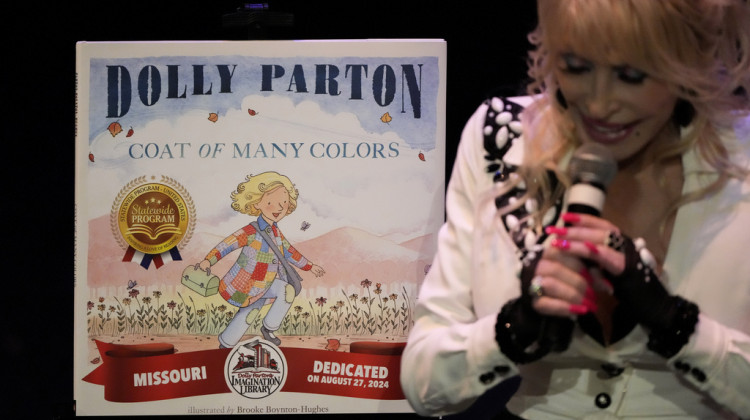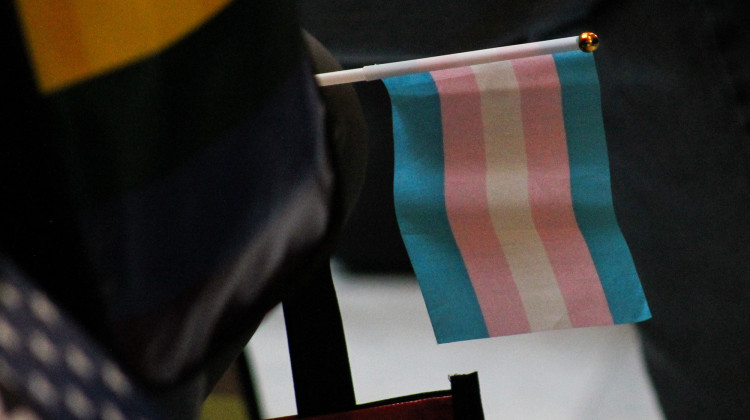New research from Indiana University scientists shines a light on what makes certain insects male or female. The study, published Monday in the journal Nature Communications, examined what happened when researchers suppressed the so-called “doublesex” master gene, which assigns traits to different sexes of the same species.
Postdoctoral researcher and senior author Cristina Ledon-Rettig says a form of the doublesex (DSX) gene is found across the animal kingdom — in everything from turtles to humans to worms. Usually, she says, it only shuts down certain male traits in females. But in insects, such as the scarab studied, it made different female and male versions of the same trait.
For example, in the horned scarab beetles researchers studied, the gene created big horns in males and no horns in females. But when scientists suppressed the DSX gene, they created intersex insects who grew medium-sized horns.
“DSX targeted a group of genes both in females and males in opposite directions, so in that particular tissue, it acts like a switch,” says Ledon-Rettig.
The beetle studied — as in other insects — has a specific form of doublesex gene that “splices,” turning into different transcription factors in males and females. This makes the bi-directional regulation of single traits possible, says Ledon-Rettig.
Not only does the beetle have a specially-calibrated doublesex gene, it also provides a genetic map of what traits the gene regulates. The bug’s genome was mapped as part of an effort by the USDA — nicknamed the “Manhattan Project of Entomology” — to map the genomes of thousands of insects.
“Because we have a sequenced genome for this animal now, we’re able to do genome-wide sequencing so we can look at the genes in the genome at the same time,” she says.
Ledon-Rettig says by looking at what tissues the doublesex gene specifically affects in the beetles, there’s a chance the findings could be applied to understanding of the causes of intersexuality in humans.
Since females and males have different tasks to perform for survival, a species’ lack of such a mechanism that creates different traits in different sexes could mean it would have an evolutionary disadvantage.
For instance, the male beetle requires horns to battle other males for female’s favor. If the female beetle developed such horns, she wouldn’t be able to dig a nest to keep her baby beetles safe.
 DONATE
DONATE









 Support WFYI. We can't do it without you.
Support WFYI. We can't do it without you.